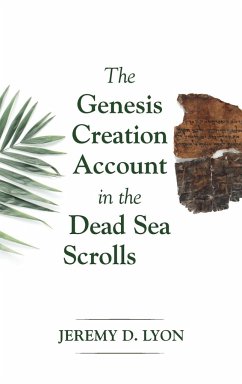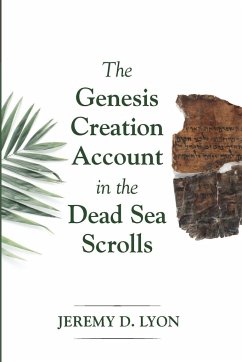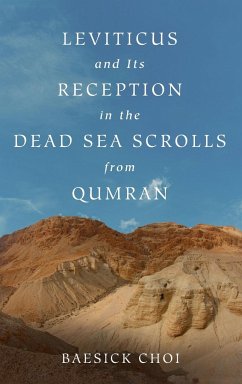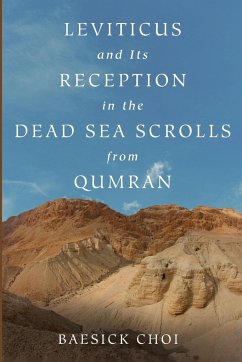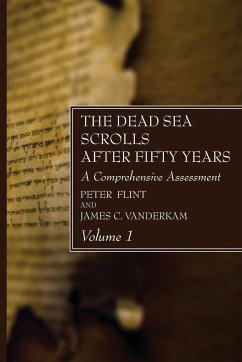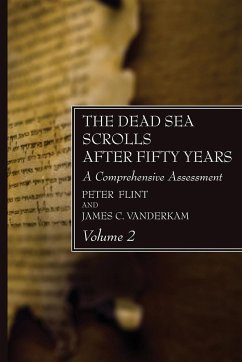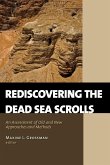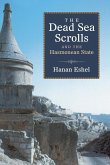The Dead Sea Scrolls continue to shed ancient light on both the text and interpretation of the Hebrew Bible during the Second Temple period. Among the scrolls are several copies of Genesis dating from the first century BC to the mid-first century AD that contain portions of text from the creation account. These fragmentary copies have provided an unprecedented glimpse into the condition of the text in antiquity and have also provided a unique window into certain scribal practices in the copying of the text. In addition, several texts from Qumran contain the most ancient surviving interpretations of the Genesis creation account, dating from the mid-second century BC to the first century AD. A literary analysis of these texts reveals how ancient Jews interpreted and employed the creation account. These diverse texts address issues such as the creation of various entities (the universe, angels, Eden, humanity), Adam's dominion and knowledge in Eden, God's election of Israel on the first Sabbath, the prohibition in the garden and Adam's rebellion, and the Garden of Eden as an archetype of the sanctuary.
Hinweis: Dieser Artikel kann nur an eine deutsche Lieferadresse ausgeliefert werden.
Hinweis: Dieser Artikel kann nur an eine deutsche Lieferadresse ausgeliefert werden.

